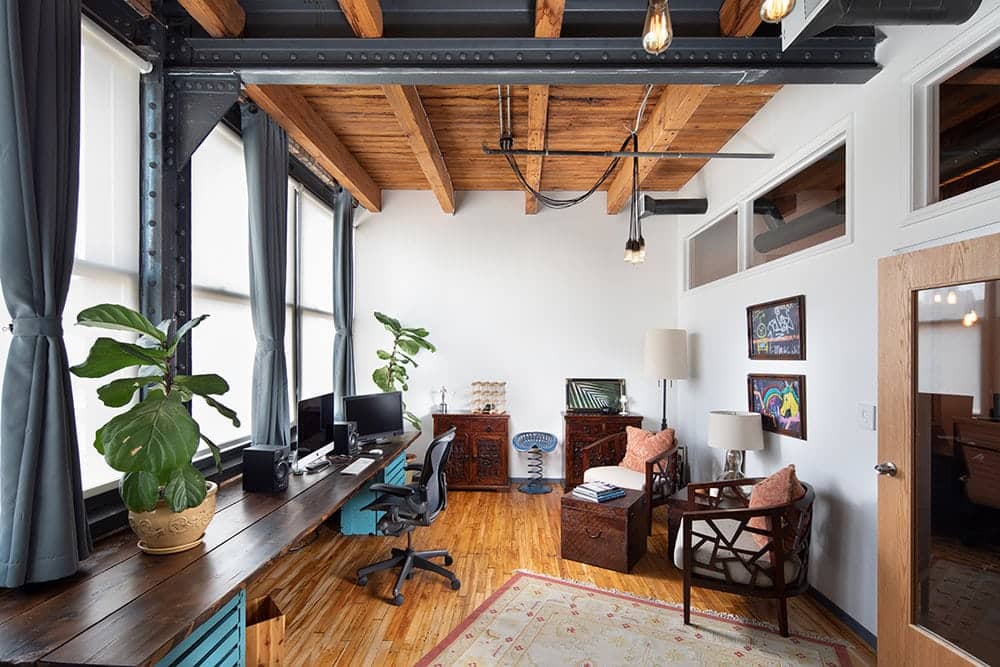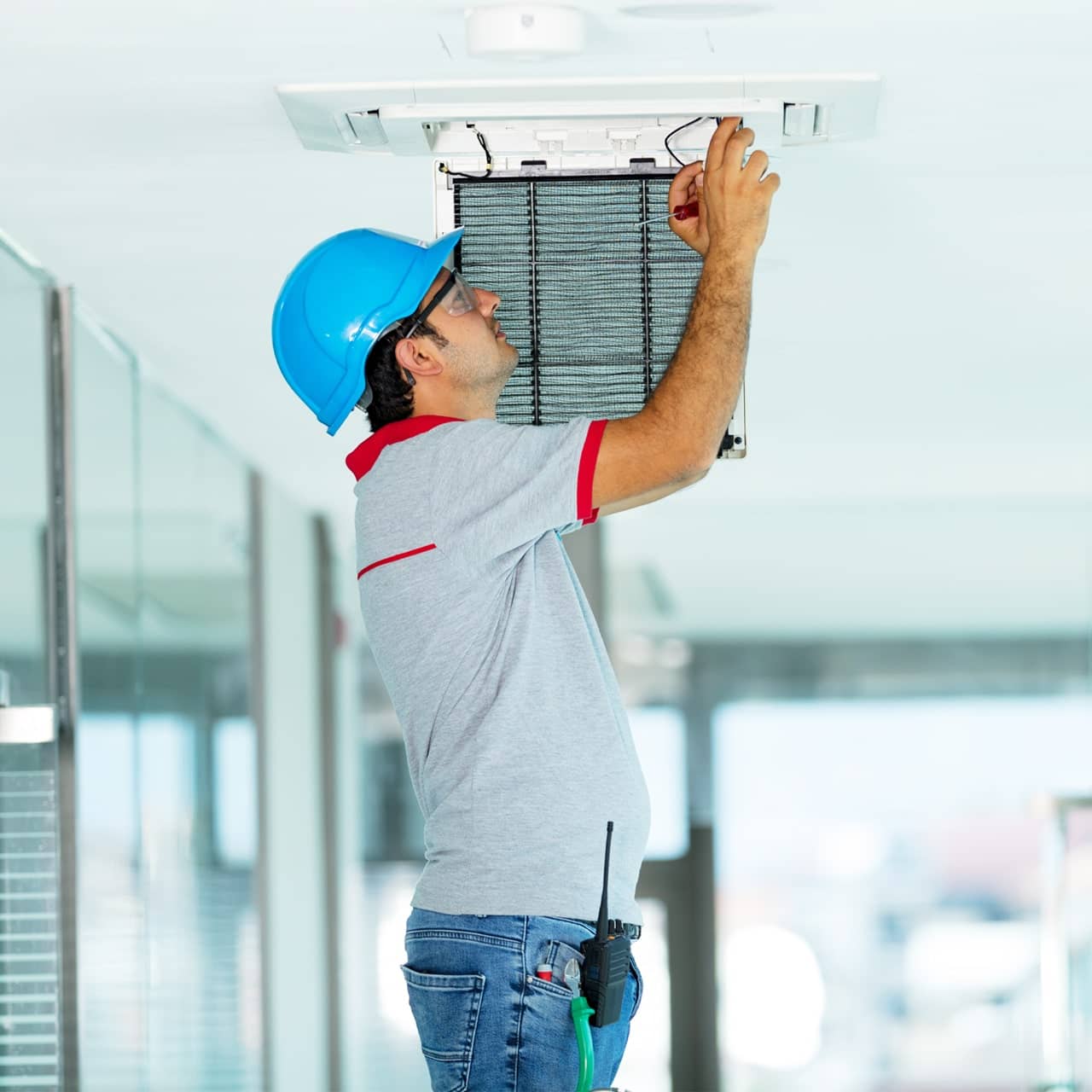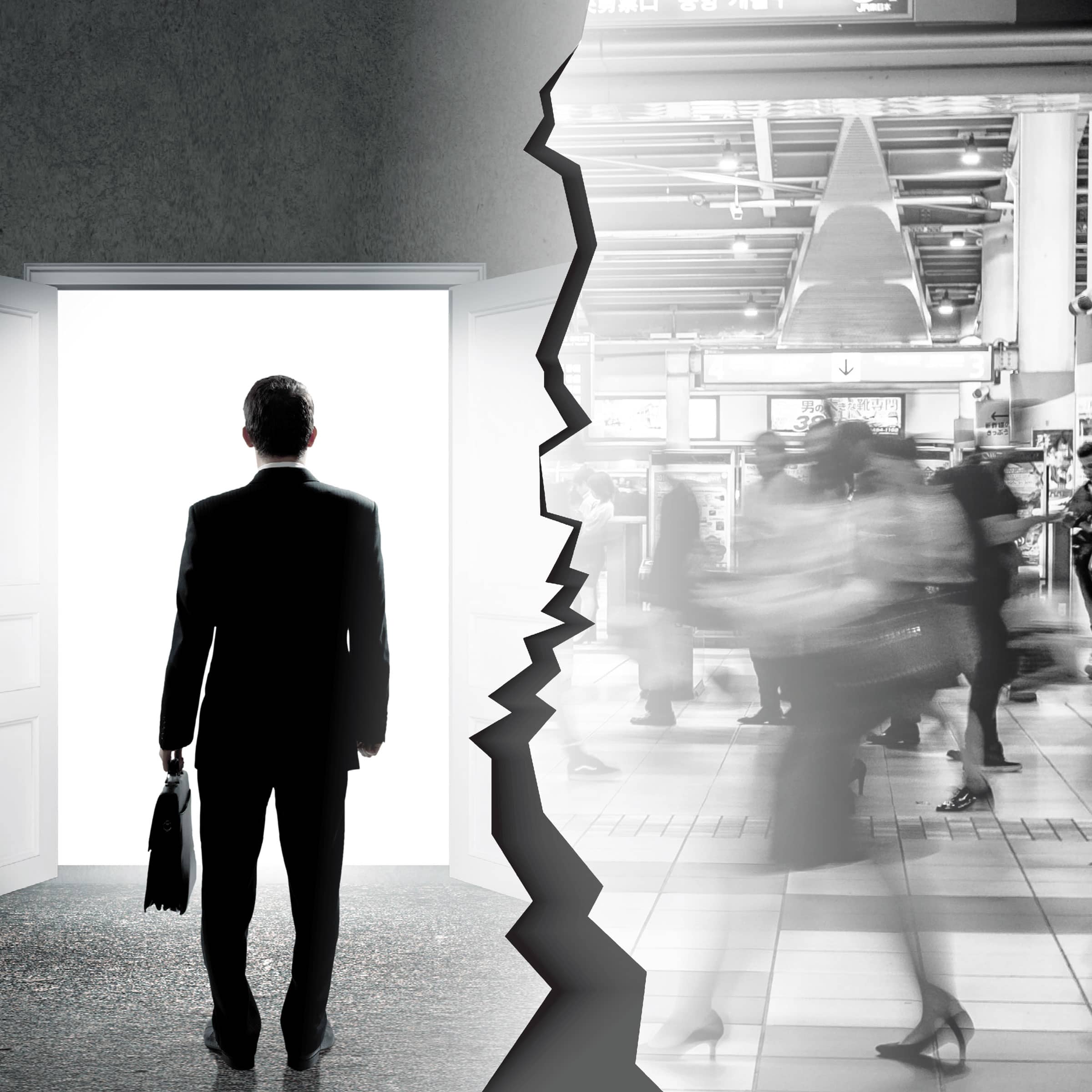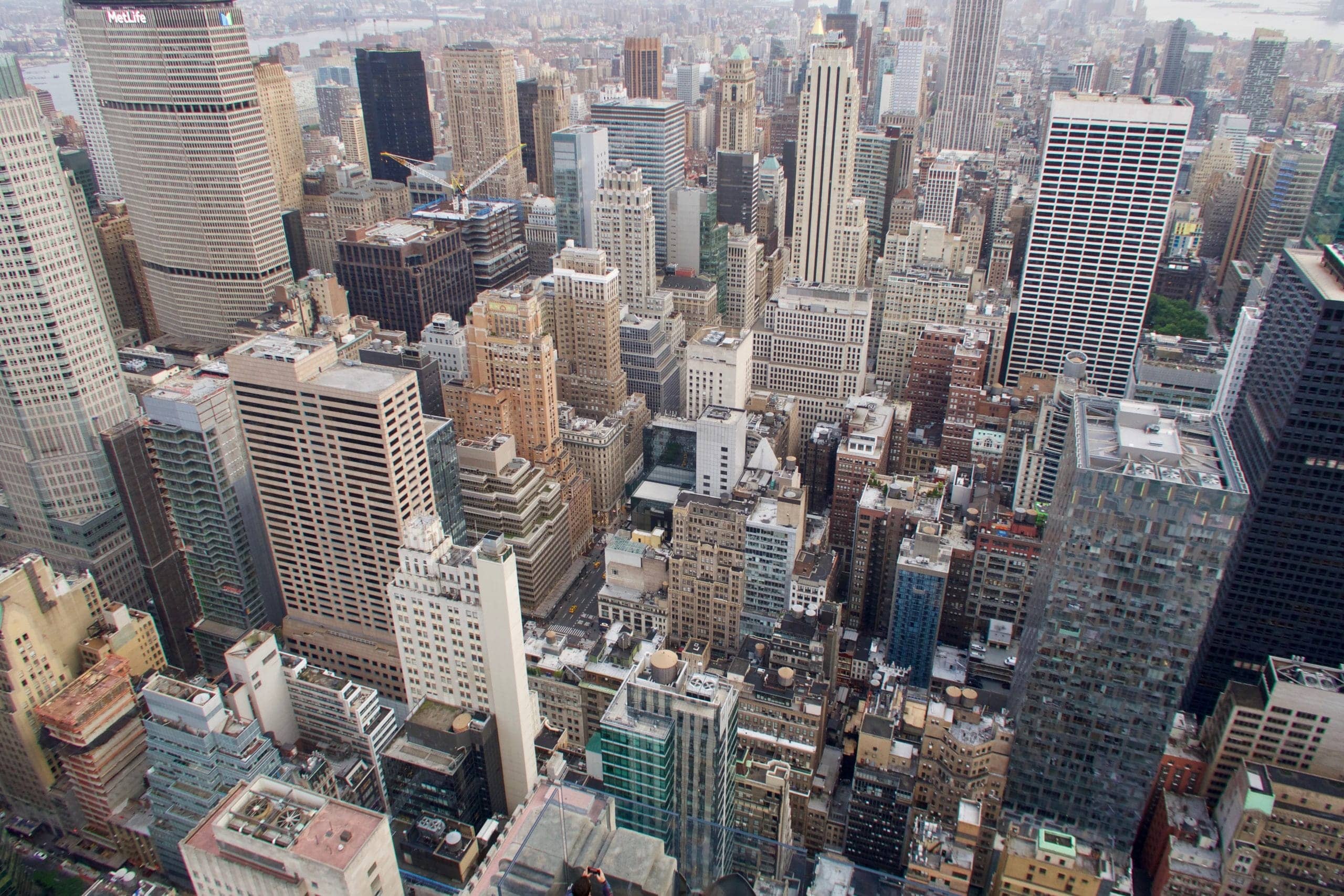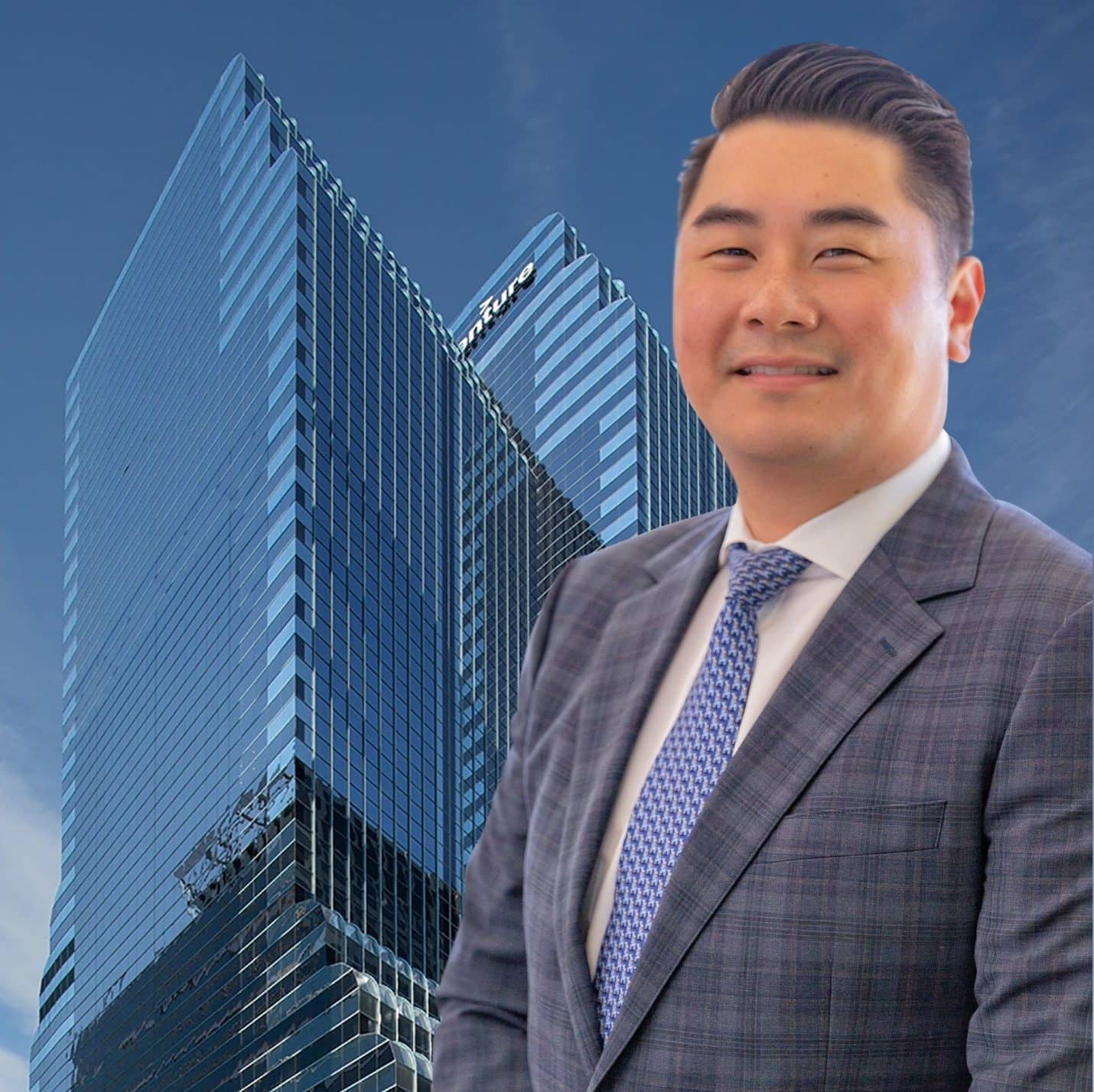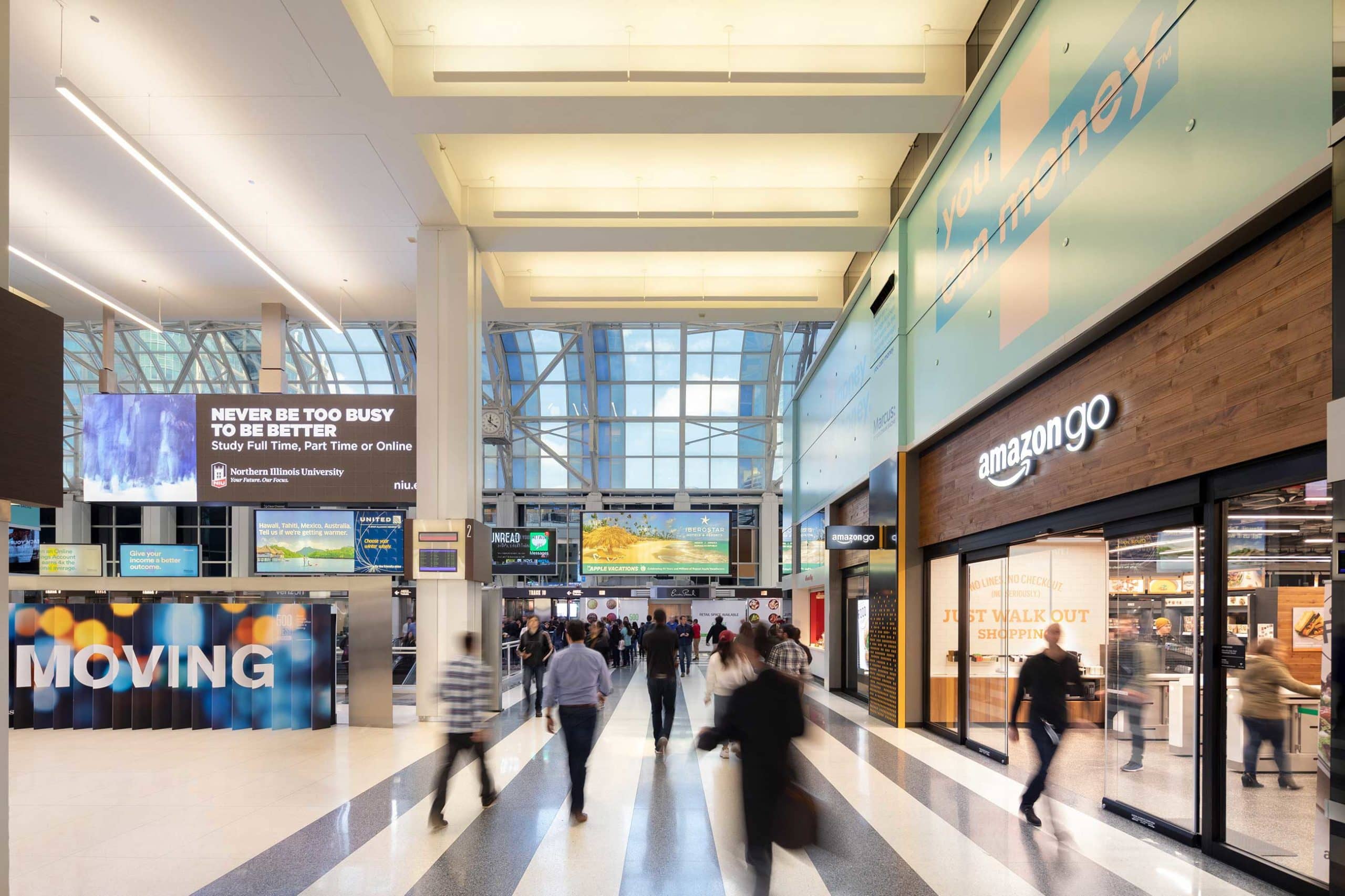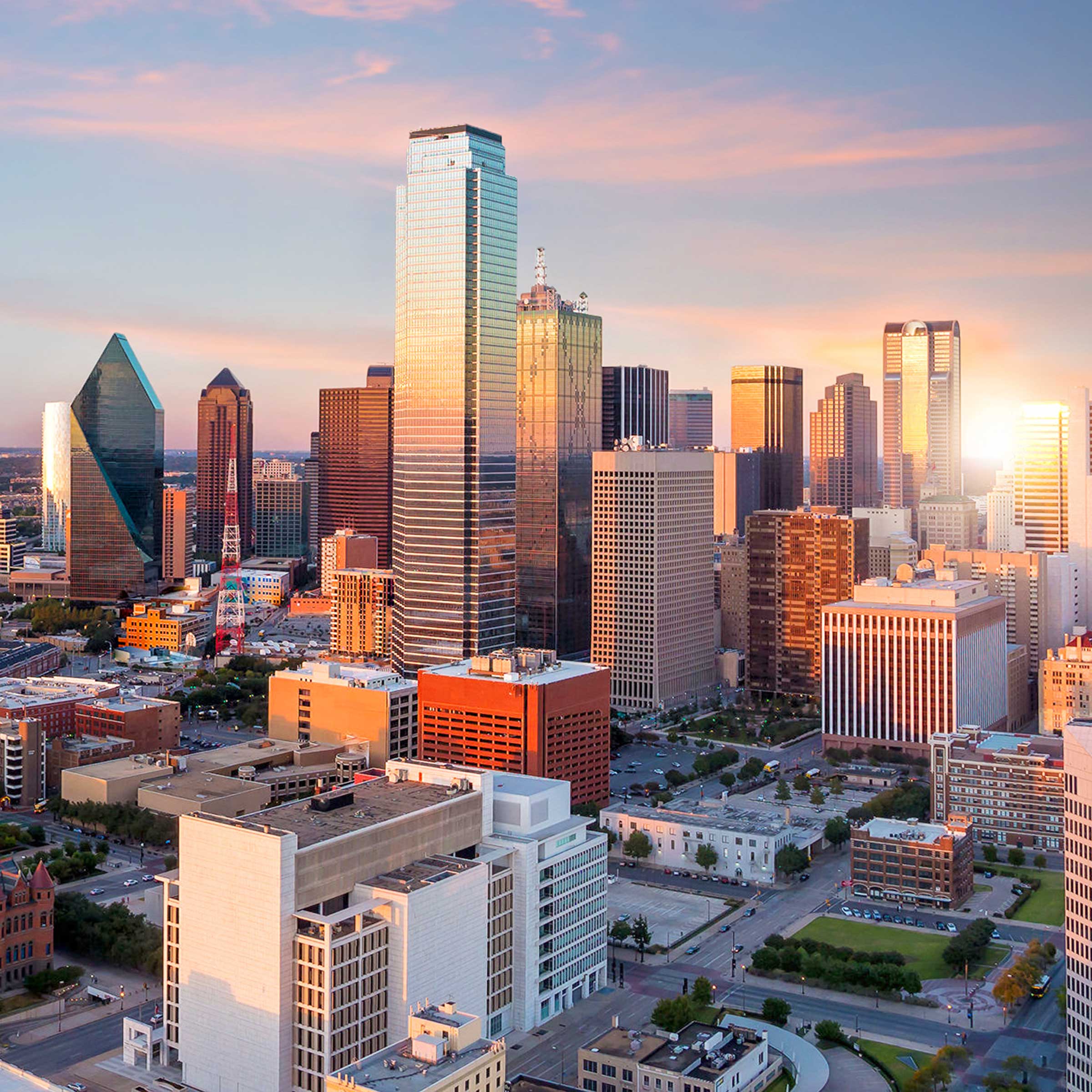Category: Trends
Category: Trends
The pandemic fundamentally changed the way the commercial real estate (CRE) community considered investing in the retail sector. As Covid-19 took hold, it appeared like retail was down for the count.
The pandemic has brought a myriad of changes, much of which will have a permanent impression on commercial real estate (CRE). One of the most notable is the shift in consumer behavior and the impact on the environment around us.
A lot of buzz is being generated these days around the importance of sustainability. So much so, that headline-grabbing efforts, including the rise of environmental activism and the surge in climate-change advocacy, have inspired builders and tenants to strive for greater energy efficiency. It’s a trend that continues to gain crucial momentum.
There’s no disputing that lockdowns during the pandemic hit restaurants hard. Many were shuttered forever, but others found new ways to stay in business when dining rooms were, in a phrase, “ghost towns.”
In a new era of business, office owners and innovators are increasing their focus and effort on creating healthier buildings for the people who occupy them.
If the pandemic has taught us anything, it’s that the life sciences have had a tremendous, life-saving impact across the globe. Vaccines and treatments now allow most people to avoid Covid’s worst outcomes — results that would not have been possible without an existing infrastructure replete with life sciences facilities. But Covid is just the latest and most visible concern being tackled.
Before the pandemic, we heard a lot about “location” and “live, work, play.” While those will continue to be important in the future, one of the latest terms in commercial real estate (CRE) is “smart buildings.” For perspective, studies suggest that the smart building market will grow from $66 billion in 2020 to $109 billion by 2025.
For decades most offices were basic brick and mortars with cubicles, white wall executive offices and fluorescent-lit conference and meeting rooms, with copiers and printers sprinkled in. Workplace design remained relatively status quo until technology revolutionized the way we work and do business, giving way to more creative work environments that stimulate productivity.
The battle is on. It’s perks & pay versus the Great Resignation.
40% of employers claim they are struggling to find qualified candidates. This presents companies with a unique opportunity to revamp how they recruit, onboard, and retain employees by leveraging the physical office space.
Industrial Real Estate is currently the best performing commercial real estate (CRE) asset type, touting 44 consecutive quarters of positive net absorption. That’s according to recent forecasts, research articles, reports, and other data and analysis presented over the past couple of months. This spotlights an intriguing success story amid a pandemic that crippled so many businesses and industries.
While fears of economic decline kept some industry insiders on a cautious path throughout 2019, the U.S. economy is showing signs of maintaining relative stability throughout 2020 — with the commercial real estate market appearing to follow suit. Rod Richerson, regional president, Western United States of KBS, reflects back on 2019 and explores the possibilities for the year ahead.
Luke Hamagiwa serves as the market leader responsible for carrying out investment objectives throughout the Mid-Atlantic and Northeastern United States on behalf of KBS REIT, pension fund and sovereign wealth fund clients. Within these markets, he is responsible for the execution of strategic business plans for each of the assets within his portfolio along with new acquisition opportunities and joint-venture partnerships.
Mobile technology is changing the way commercial real estate (CRE) is engaging with tenants and partners, which in an ongoing and post-pandemic world, will become more important than ever before.
Call it a recovery or even a renaissance, but multi-tenant retail has tenaciously and innovatively rebounded to the delight of consumers, operators and investors. Multi-tenant, and its sub-sector, open-air shopping centers, have emerged as a bright spot in the post-COVID retail landscape.
Investment in multifamily commercial real estate (CRE) started off the year with a bang, and the segment appears to be headed for a strong and smooth finish. Trends in multifamily CRE have seen double-digit boosts in rent growth and heightened investor interest. But what’s waiting for this thriving industry the remainder of the year?
The coronavirus pandemic will have a lasting effect on all industries. Navigating what’s next will be one of commercial real estate’s (CRE) greatest hurdles as owners/operators are forced to shift their business plans with a renewed focus on business continuity, tenant health and safety, and building relevance.
Like most of the commercial real estate (CRE) market, office came under pressure in 2020. Responding to local shelter-in-place health orders, up to 70% of the U.S. workforce was working from home (WFH) in April 2020, transforming once-bustling office buildings into ghost towns. That percentage has decreased to 56% since the beginning of the year, signaling a recovery is underway. The extent of that recovery and what it means for office real estate is still unknown, but there is some speculation.
Texas is the trifecta state, a place with warm weather, a zero-percent state income tax and inexpensive housing. But the “Lone Star State” is more than that: it’s also a major office hub centrally located in the U.S., with Dallas anchoring the Dallas-Fort Worth (DFW) metro area — where many of the Nation’s largest tech centers are located.
KBS catches the fever by inhabiting history and and giving it a tech-y new high.

